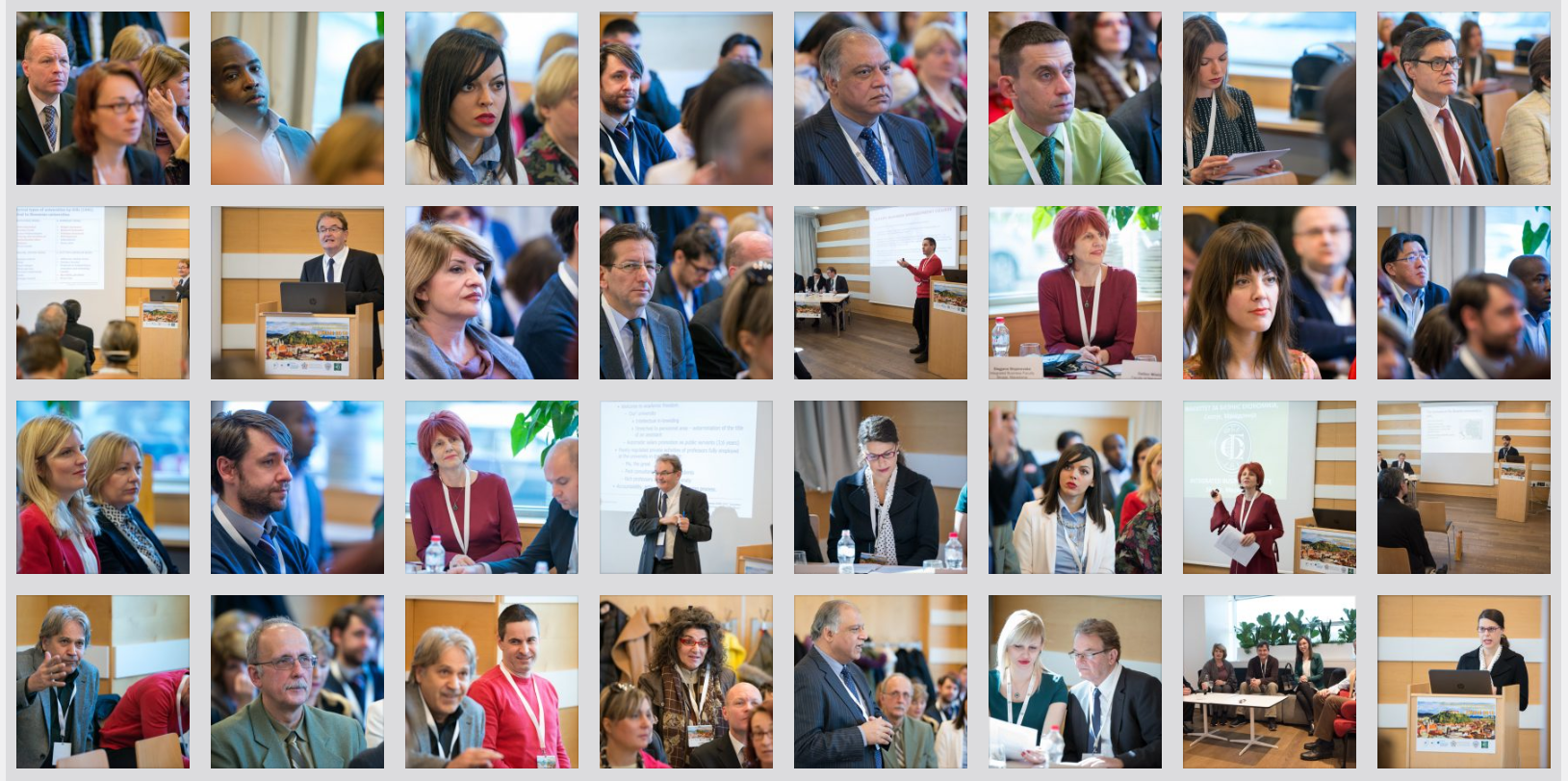Jelena Jevtić – Academy of Professional Studies Šabac, Department of Medical and Business-Technological Studies, Šabac, Serbia
Mirjana Antonijević Nikolić – Academy of Professional Studies Šabac, Department of Medical and Business-Technological Studies, Šabac, Serbia
Dragana Ilić Udovičić – Academy of Professional Studies Šabac, Department of Medical and Business-Technological Studies, Šabac, Serbia
Keywords:
Food waste;
Management;
Restaurant;
Circular economy
Abstract: Food waste is a serious environmental and economic problem. Some studies suggest that about 1/3 of the food produced for human consumption is wasted, amounting to about 1.3 billion tons per year. Considering the economic aspect, food waste means money losses, both for individual units and national economies. The circular economy is a general term that encompasses all activities that reduce, reuse, and recycle materials in the processes of production, distribution, and consumption. Organic components of food waste are of interest for further use because they contain large quantities of highly valuable molecules.
This paper aimed to show that food waste from restaurants represents a resource that can be incorporated into other processes, which are the basic principles of the circular economy. Food waste in catering is caused by inadequate procedures, poor organization, or insufficiently trained workers, as well as specific and changing consumer demands. The circular economy model strives to return food as much as possible to the production chain and considers waste as a resource and raw material. Some possibilities are presented in this paper.

Download full paper

7th International Scientific Conference – EMAN 2023 – Economics and Management: How to Cope With Disrupted Times, Ljubljana, Slovenia, March 23, 2023, CONFERENCE PROCEEDINGS, published by: Association of Economists and Managers of the Balkans, Belgrade, Serbia; ISBN 978-86-80194-69-1, ISSN 2683-4510, DOI: https://doi.org/10.31410/EMAN.2023
Creative Commons Non Commercial CC BY-NC: This article is distributed under the terms of the Creative Commons Attribution-Non-Commercial 4.0 License (https://creativecommons.org/licenses/by-nc/4.0/) which permits non-commercial use, reproduction and distribution of the work without further permission.
Anh, H. Q., Watanabe, I., Minh, T. B., Tue, N. M., Tuyen, L. H., Viet, P. H., & Takahashi, S. (2020). Polychlorinated biphenyls in settled dusts from an end-of-life vehicle processing area and normal house dusts in northern Vietnam: Occurrence, potential sources, and risk assessment. Science of The Total Environment, 728, 138823. https://doi.org/10.1016/j.scitotenv.2020.138823
Asano, Y., Saito, T., Ito, Y., Shiomi, K., Hirose, H., Matsumoto, T., Aoi, S., Hori, S., & Sekiguchi, S. (2011). Spatial distribution and focal mechanisms of aftershocks of the 2011 off the Pacific coast of Tohoku Earthquake. Earth, Planets and Space, 63(7), 669-673. https://doi.org/10.5047/eps.2011.06.016
Bogetić, S., Đorđević, D., Ćočkalo, D., Đorđević, L., & Bakator, M. (2021). Cirkularna ekonomija i izazovi globalnog tržišta. Ecologica, 28(101), 65-71. https://doi.org/10.18485/ecologica.2021.28.101.11
Borrello, M., Caracciolo, F., Lombardi, A., Pascucci, S., & Cembalo, L. (2017). Consumers’ Perspective on Circular Economy Strategy for Reducing Food Waste. Sustainability, 9(1), 141. https://doi.org/10.3390/su9010141
Calabrò, P. S., & Satira, A. (2020). Recent advancements toward resilient and sustainable municipal solid waste collection systems. Current Opinion in Green and Sustainable Chemistry, 26, 100375. https://doi.org/10.1016/j.cogsc.2020.100375
Camilleri, M. A. (2017). “The rationale for responsible supply chain management and stakeholder engagement”, Journal of Global Responsibility, Vol. 8 No. 1, pp. 111-126. https://doi.org/10.1108/JGR-02-2017-0007
Camilleri, M. A. (2021). Sustainable Production and Consumption of Food. Mise-en-Place Circular Economy Policies and Waste Management Practices in Tourism Cities. Sustainability, 13(17), 9986. https://doi.org/10.3390/su13179986
European Environment Agency. (2019). Retrieved February 5, 2023, from https://www.eea.europa.eu/data-and-maps/indicators/main-anthropogenic-air-pollutant-emissions/eea-2011
FAO. (Food and Agriculture Organization of the United Nations). (2011). Global Food Losses and Food Waste – Extent, Causes and Prevention. Rome: FAO. https://www.fao.org/home/en
FAO. (Food and Agriculture Organization of the United Nations). (2015). Food Wastage Footprint & Climate Change. Rome: FAO. https://www.fao.org/home/en
Food Loss and Waste Protocol. (2018). Retrieved February 25, 2023, from https://www.flwprotocol.org/wp-content/uploads/2018/04/Report_Hotels_The-Business-Case-for-Reducing- Food-Loss-and-Waste.pdf.
Food Loss and Waste Protocol. (2019). Retrieved February 10, 2023, from https://www.flwprotocol.org/wp-content/uploads/2019/02/Report_The-Business-Case-for-Reducing-Food-Loss-and-Waste_Restaurants.pdf
GIZ. (2019). Procena efekata uvođenja cirkularne ekonomije. Otpad od hrane u HORECA sektoru (Assessment of the effects of the introduction of the circular economy Food waste in the HORECA sector). https://www.giz.de/en/downloads/giz-sr-smernice-za-lanac-vrednosti-orijentisan-ka-ce-horeca.pdf
Heidari, R., Yazdanparast, R., & Jabbarzadeh, A. (2019). Sustainable design of a municipal solid waste management system considering waste separators: A real-world application. Sustainable Cities and Society, 47, 101457. https://doi.org/10.1016/j.scs.2019.101457
HOTREC. (2017). European Hospitality Industry Guidelines to Reduce Food Waste and Recommendations to Manage Food Donations. Hotels, Restaurants and Cafes in Europe. Retrieved February 11, 2023, from https://www.hotrec.eu/wp-content/customer-area/storage/
Mukherjee, C., Denney, J., Mbonimpa, E. G., Slagley, J., & Bhowmik, R. (2020). A review on municipal solid waste-to-energy trends in the USA. Renewable and Sustainable Energy Reviews, 119, 109512. https://doi.org/10.1016/j.rser.2019.109512
Okumus, B., Taheri, B., Giritlioglu, I., & Gannon, M. J. (2020). Tackling food waste in all-inclusive resort hotels. International Journal of Hospitality Management, 88, 102543. https://doi.org/10.1016/j.ijhm.2020.102543
Papargyropoulou, E., Lozano, R., K. Steinberger, J., Wright, N., & Ujang, Z. b. (2014). The food waste hierarchy as a framework for the management of food surplus and food waste. Journal of Cleaner Production, 76, 106-115. https://doi.org/10.1016/j.jclepro.2014.04.020
Pokimica, B., García-Conesa, M. T., Zec, M., Debeljak-Martačić, J., Ranković, S., Vidović, N., Petrović-Oggiano, G., Konić-Ristić, A., & Glibetić, M. (2019). Chokeberry Juice Containing Polyphenols Does Not Affect Cholesterol or Blood Pressure but Modifies the Composition of Plasma Phospholipids Fatty Acids in Individuals at Cardiovascular Risk. Nutrients, 11(4), 850. https://doi.org/10.3390/nu11040850
Rios, C. M. (2015). Innovation in organisational control systems: toward greater accountability. International Journal of Business Performance Management, 16(4), 373. https://doi.org/10.1504/ijbpm.2015.072235
Sakaguchi, L., Pak, N., & Potts, M. D. (2018). Tackling the issue of food waste in restaurants: Options for measurement method, reduction and behavioral change. Journal of Cleaner Production, 180, 430-436. https://doi.org/10.1016/j.jclepro.2017.12.136
Tamasiga, P., Miri, T., Onyeaka, H., & Hart, A. (2022). Food Waste and Circular Economy: Challenges and Opportunities. Sustainability, 14(16), 9896. https://doi.org/10.3390/su14169896
United Nations Development Programme – Serbia. (n.d.). https://www.rs.undp.org
Zhou, D., Zhao, S., Liu, S., Zhang, L., & Zhu, C. (2014). Surface urban heat island in China’s 32 major cities: Spatial patterns and drivers. Remote sensing of environment, 152, 51-61. https://doi.org/10.1016/j.rse.2014.05.017
Živković, D., Petrović, P., & Protić, M. (2021). Upravljanje otpadom od hrane kao deo cirkularne ekonomije: uticaj na ugostiteljstvo i hotelijerstvo. Ecologica, 28(102), 187-192. https://doi.org/10.18485/ecologica.2021.28.102.7

